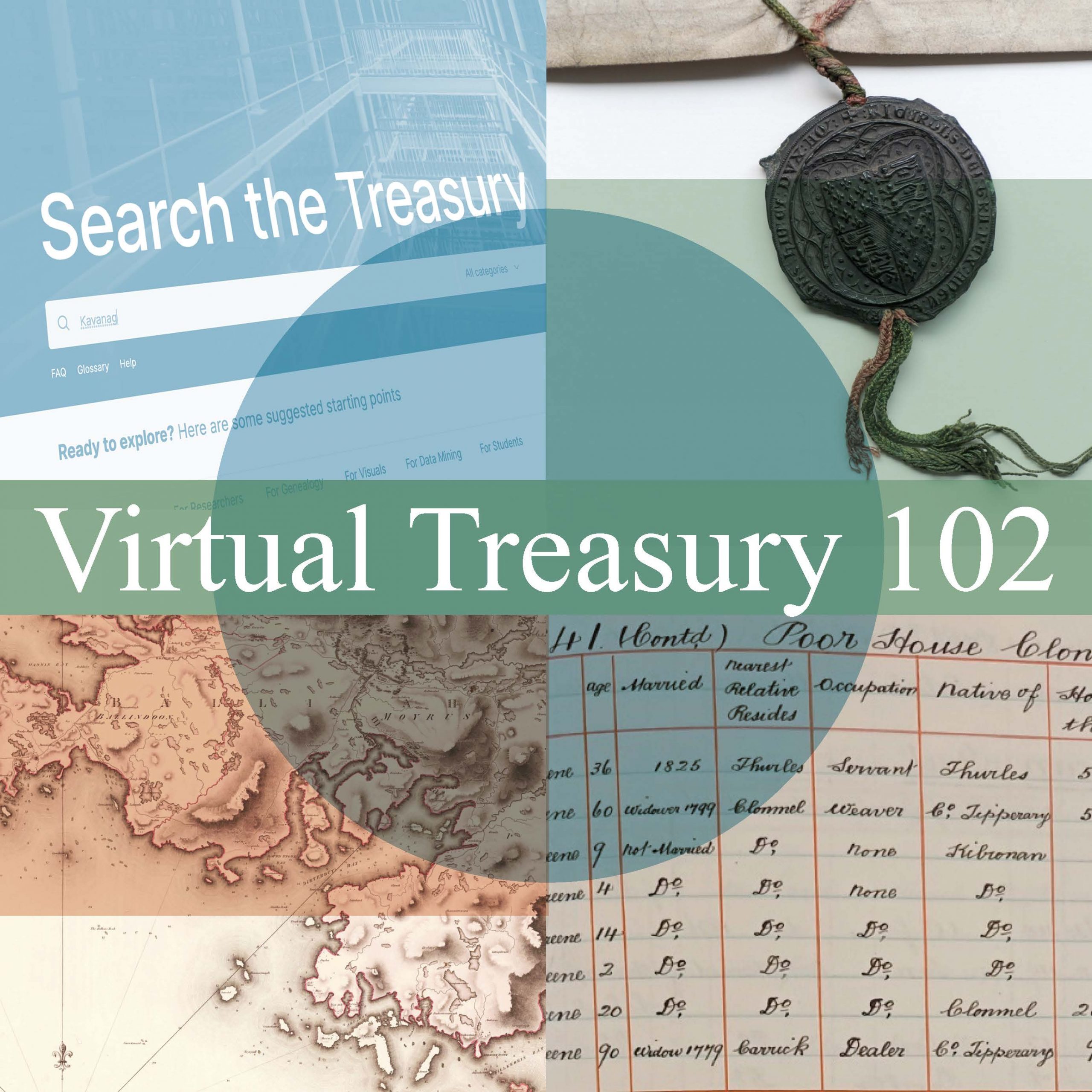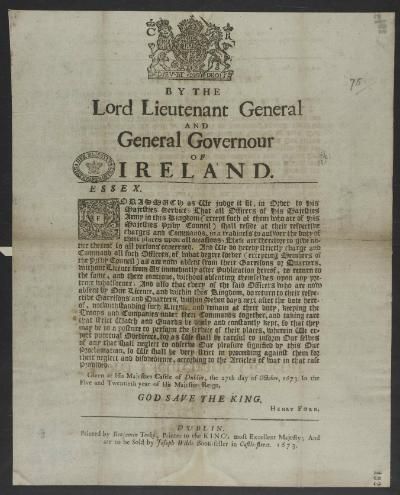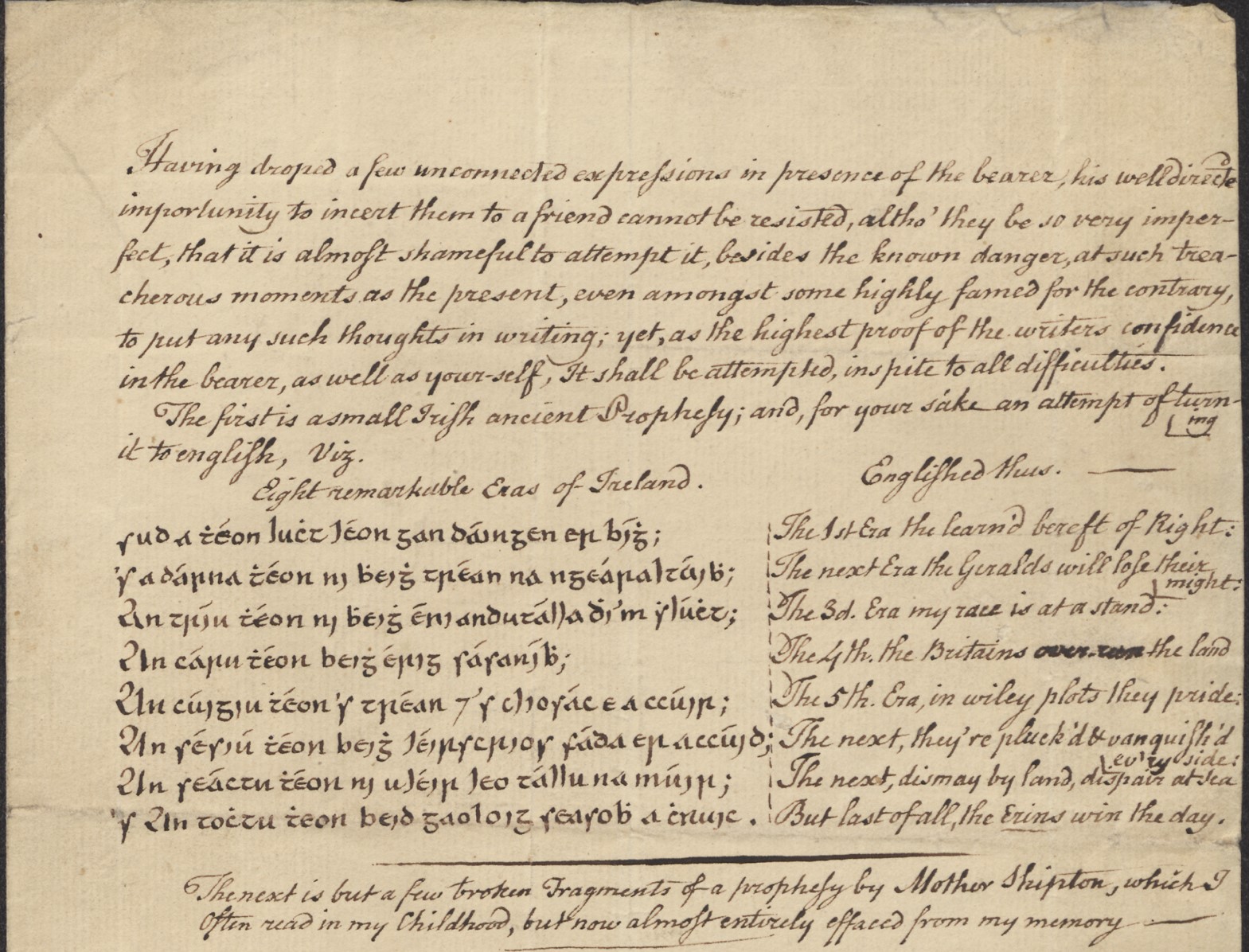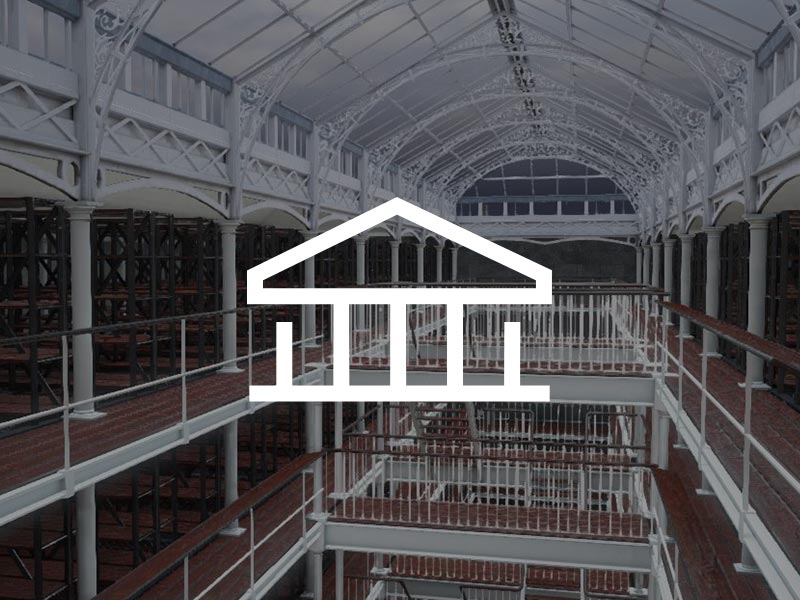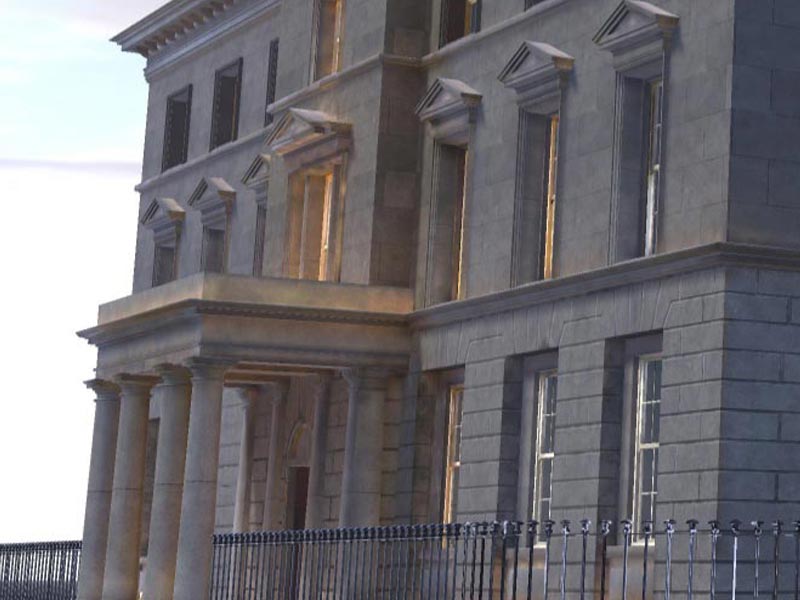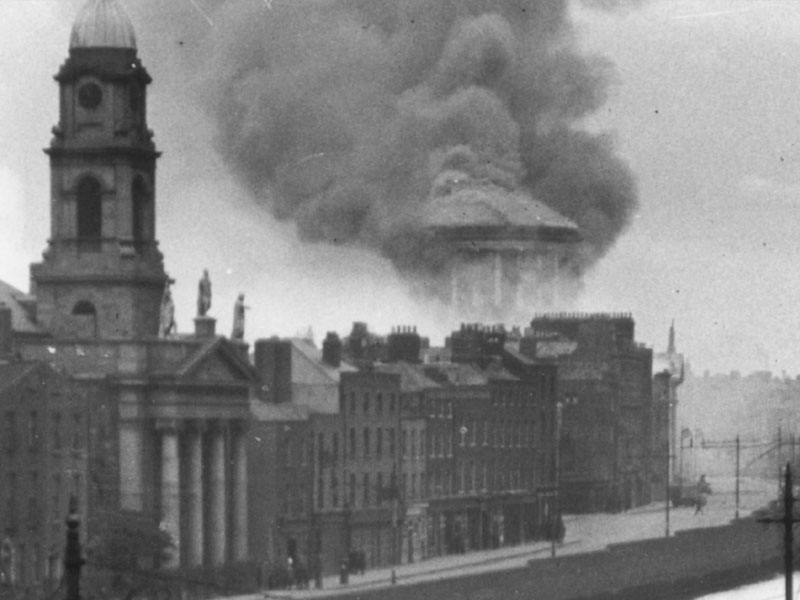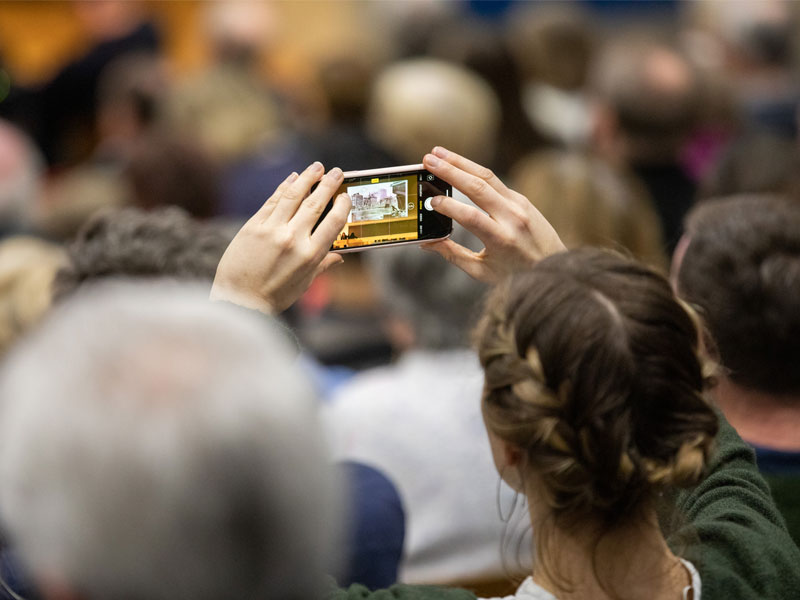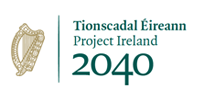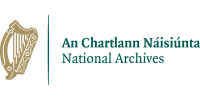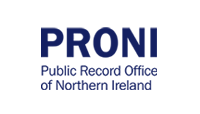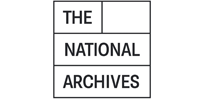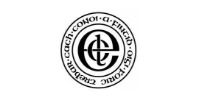
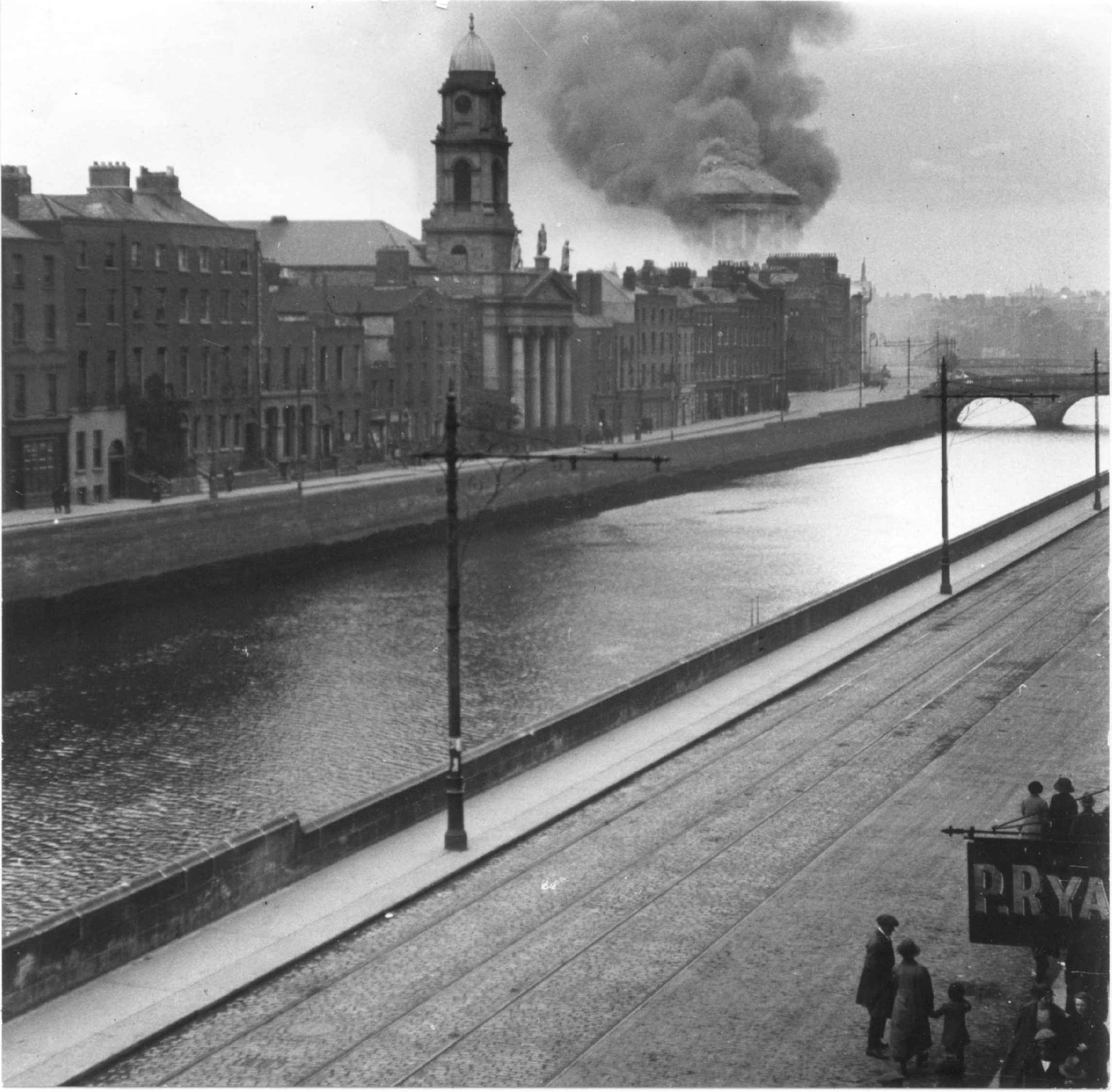
25,000 new historical records released by Virtual Record Treasury of Ireland
25,000 new historical records have been made freely available to the public to mark the 102nd anniversary of the destruction of the Public Record Office of Ireland on Sun, June 30th.
The records are available for the first time at the Virtual Record Treasury of Ireland (VRTI), a digital recreation of the Public Record Office and its collections launched in 2022.
Led by Trinity College Dublin, the VRTI is a collaboration between historians, computer scientists, archives, and libraries across the island of Ireland and around the word working to recreate, through digital technologies, our national archive, which was destroyed by fire in the opening battle of the Irish Civil War.
Two years on from its launch, the VRTI now has hundreds of thousands of digital images of replacement documents — transcripts and duplicates — identified in partner archives in Ireland and around the world.
The VRTI web experience has been upgraded for the 102nd anniversary with new features including enhanced navigation and discovery across its collections of digitised replacement documents and 100 million words of transcribed text. Four full-scale recreations of entire series of archives known as Gold Seams, and ten Curated Collections, are now also available.
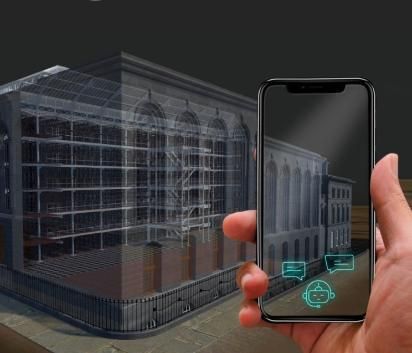
Trinity historian Peter Crooks, Academic Director of the Virtual Record Treasury of Ireland, said: “Since the Virtual Treasury was first launched in 2022 on the centenary of the Four Courts fire our collections, curated with the help of partners across Ireland, Britain and the USA, have doubled in scale. But this is only the beginning.
“We are continuously advancing technology and forging new partnerships to establish Ireland as a global leader in the creative exploration of digital archives. This year’s release of documents illuminate seven centuries of Irish history, reaching back to the Middle Ages and stretching across the island, from 1821 census returns for Inishowen, Co. Donegal, to letters concerning the aftermath of the battle of Vinegar Hill, Co. Wexford, during the 1798 rebellion.”
The research programme, which is hosted at the Science Foundation Ireland ADAPT Centre for AI-driven Content, continues to pursue innovation, particularly in the area of Open Data.
Looking ahead to 2025, Declan O’Sullivan, Professor in Computer Science, SFI ADAPT, Trinity College Dublin said: “My Computer Science team is leading the development of the Knowledge Graph for Irish History—a powerful tool that organizes and networks vast amounts of information as 5-star linked open data. In the coming year, we are excited to launch new tools to let the public and research community explore the graph, which will be seamlessly integrated into the VRTI website.”
Highlights of documents released:
- The new ‘1798 Rebellion’ collection, curated in partnership with the National Archives, Ireland (NAI), provides digital access to the catalogue of 8,000 items in the Rebellion Papers, shining a light on this pivotal moment. This collection offers a unique insight into the birth of Irish Republicanism, as well as the nature of the 1798 Rebellion.
- Detailed detective work is helping to uncover transcripts of the pre-Famine census destroyed in 1922. To date, VRTI has identified over 200,000 names from the lost pre-Famine census. A small sample of these transcribed records, held in the National Archives, Ireland and other archives across the island of Ireland, are now available online for the first time.
- A precious 15th-century register from Armagh, conserved and digitised by the Public Record Office of Northern Ireland, documenting relations between Gaelic Ulster and the English crown in the Middle Ages.
- Medieval exchequer records digitised and translated up to 1327 by The National Archives UK including records relating to the pivotal years of the Scottish invasion of Ireland under King Robert Bruce.
- A volume from the huge State Papers Ireland collection is now available free of charge on the VRTI, providing a view from London in the 1600s This a taster of the 26,000 images from The National Archives UK to be launched in 2025.
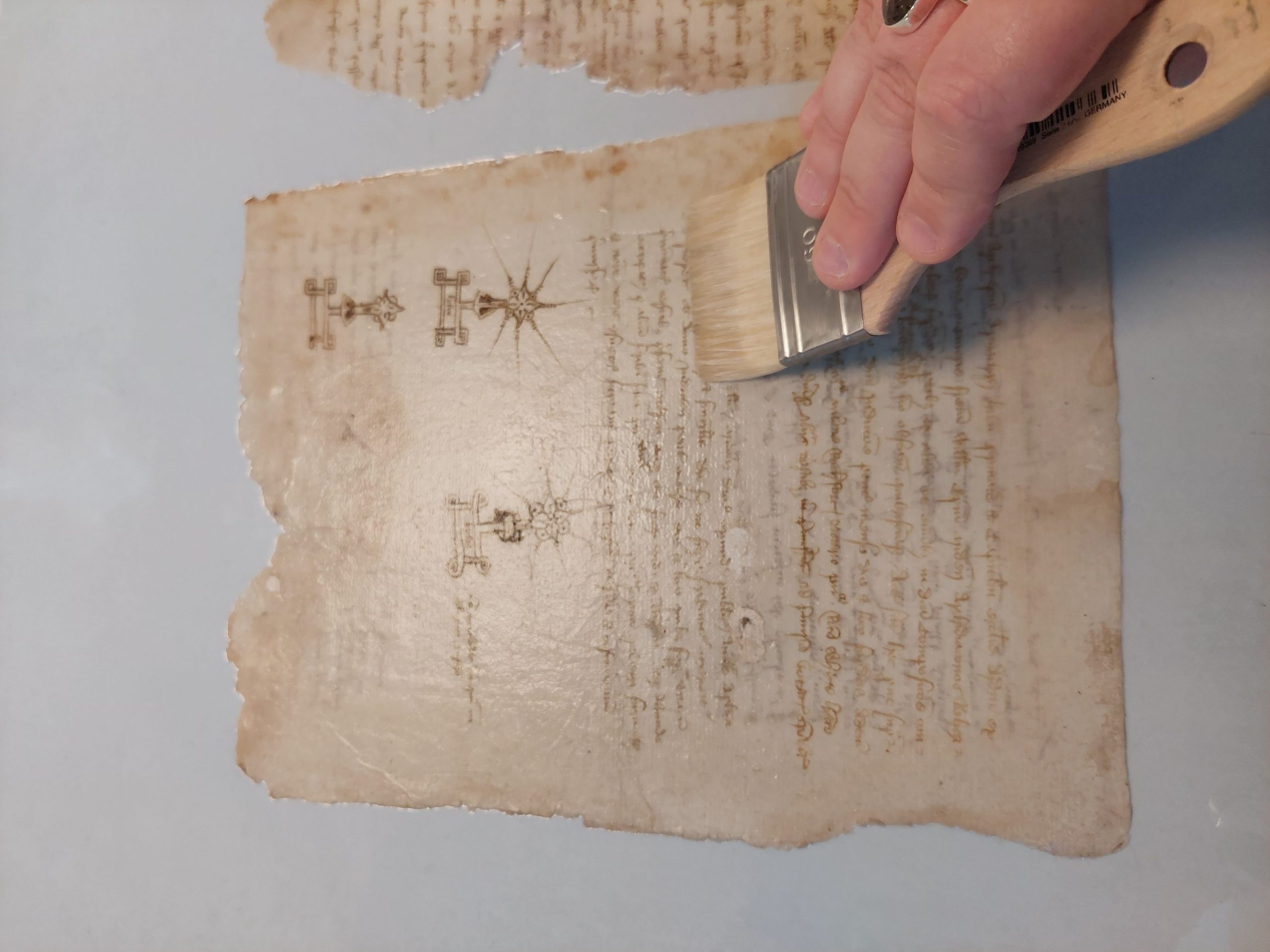
Minister for Tourism, Culture, Arts, Gaeltacht, Sport and Media, Catherine Martin, said:
“I welcome this exciting release of new research from the Virtual Record Treasury of Ireland, as we mark the 102nd Anniversary of the Four Courts Fire in the opening engagement of the Civil War.
“The Virtual Record Treasury of Ireland is a meaningful and important legacy of our Decade of Centenaries. In 2022, I was very pleased to approve funding of €3.6 million to support this new three-year phase of research from 2023 to 2025 – bringing my Department’s total investment in the project since 2019 to over €6 million.
“It is wonderful to see what has been achieved – These archival sources will be of great interest to many different audiences, at home and abroad, who want to learn more about the story of our past. I welcome the research on the pre-Famine census records – which will give us a richer understanding of the lasting legacy of one of the most tragic and transformative events in our history. I am also delighted that in the past year the Virtual Record Treasury has brought its work to audiences in Donegal, Mayo, and Wicklow, directly connecting with communities whose deep histories are being made newly accessible.
“I congratulate the project team and sincerely thank each of the core partners who have so generously opened up their archives and shared their time and expertise.”
